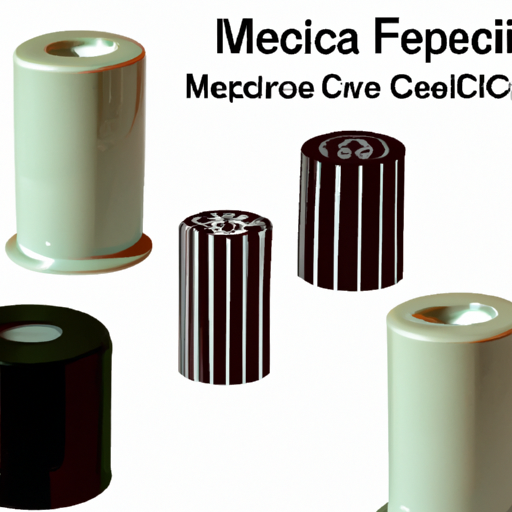Mica and PTFE Capacitors: Core Functional Technologies and Application Development Cases
Mica and PTFE (Polytetrafluoroethylene) capacitors are specialized electronic components known for their unique properties, making them essential in various high-performance applications. Below, we delve into the core functional technologies, advantages, and notable application development cases for both types of capacitors.
Core Functional Technologies
Mica Capacitors 1. **Material Properties**: Mica capacitors utilize natural mica as the dielectric material, which provides exceptional thermal stability, low loss, and high insulation resistance. This makes them particularly effective in high-frequency applications.
2. Temperature Stability: Mica capacitors maintain stable capacitance across a wide temperature range, making them ideal for precision applications where temperature fluctuations can impact performance.
3. Low Loss Factor: With a low dissipation factor, mica capacitors are well-suited for RF (radio frequency) applications, ensuring minimal signal degradation and high fidelity.
4. High Voltage Ratings: Mica capacitors can handle high voltage levels, making them suitable for power electronics and high-voltage applications, such as power supplies and RF transmitters.
PTFE Capacitors 1. **Dielectric Properties**: PTFE capacitors employ PTFE as the dielectric material, which offers excellent chemical resistance, low dielectric constant, and low loss characteristics, making them suitable for a variety of environments.
2. Wide Frequency Range: PTFE capacitors perform effectively in high-frequency applications due to their low loss and stable capacitance, which is crucial for modern communication systems.
3. Thermal Stability: Capable of operating in extreme temperature conditions, PTFE capacitors are ideal for aerospace, military, and industrial applications where reliability is paramount.
4. Moisture Resistance: The hydrophobic nature of PTFE provides excellent moisture resistance, making these capacitors suitable for outdoor and high-humidity environments.
Application Development Cases
Mica Capacitors 1. **RF and Microwave Applications**: Mica capacitors are extensively used in RF amplifiers, oscillators, and filters. For example, in telecommunications, they are critical in RF power amplifiers to maintain signal integrity and minimize distortion.
2. Precision Timing Circuits: In applications requiring precise timing, such as oscillators and timers, mica capacitors provide the necessary stability and low drift, ensuring accurate performance in devices like clocks and frequency generators.
3. High-Voltage Power Supplies: Mica capacitors are integral to high-voltage power supply circuits, where their ability to withstand high voltages and temperatures is essential for reliable operation.
PTFE Capacitors 1. **Aerospace and Defense**: PTFE capacitors are widely used in aerospace applications due to their ability to withstand extreme temperatures and harsh environments. They are found in avionics systems, radar, and satellite communications, where reliability is critical.
2. Industrial Automation: In industrial settings, PTFE capacitors are employed in motor drives and control systems, benefiting from their reliability and performance in high-frequency switching applications.
3. Medical Devices: PTFE capacitors are utilized in medical equipment, such as imaging systems and diagnostic devices, where precision and reliability are essential for accurate diagnostics and patient safety.
4. Telecommunications: PTFE capacitors are crucial in high-speed data transmission systems, where their low loss and high-frequency performance enhance signal quality, making them ideal for modern communication networks.
Conclusion
Mica and PTFE capacitors are vital components in modern electronics, each offering unique advantages tailored to specific application needs. Mica capacitors excel in high-voltage and precision applications, while PTFE capacitors are preferred for their thermal stability and moisture resistance in demanding environments. As technology advances, the development and application of these capacitors are expected to expand, further solidifying their importance in the electronics industry. Their continued evolution will likely lead to new innovations and applications, enhancing performance across various sectors.






